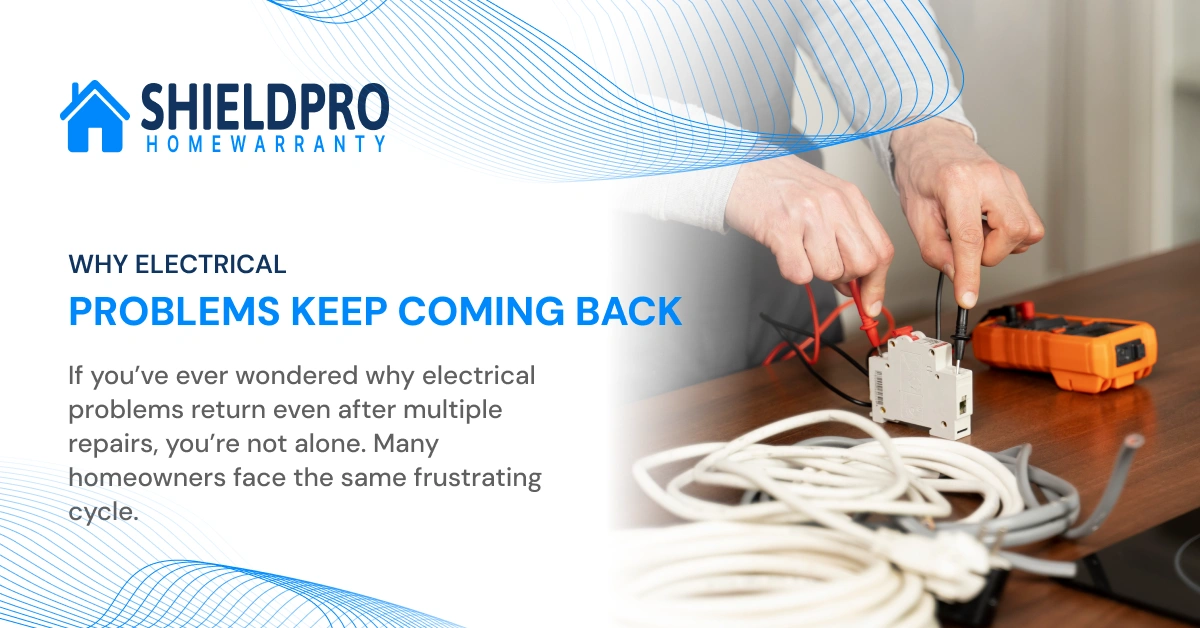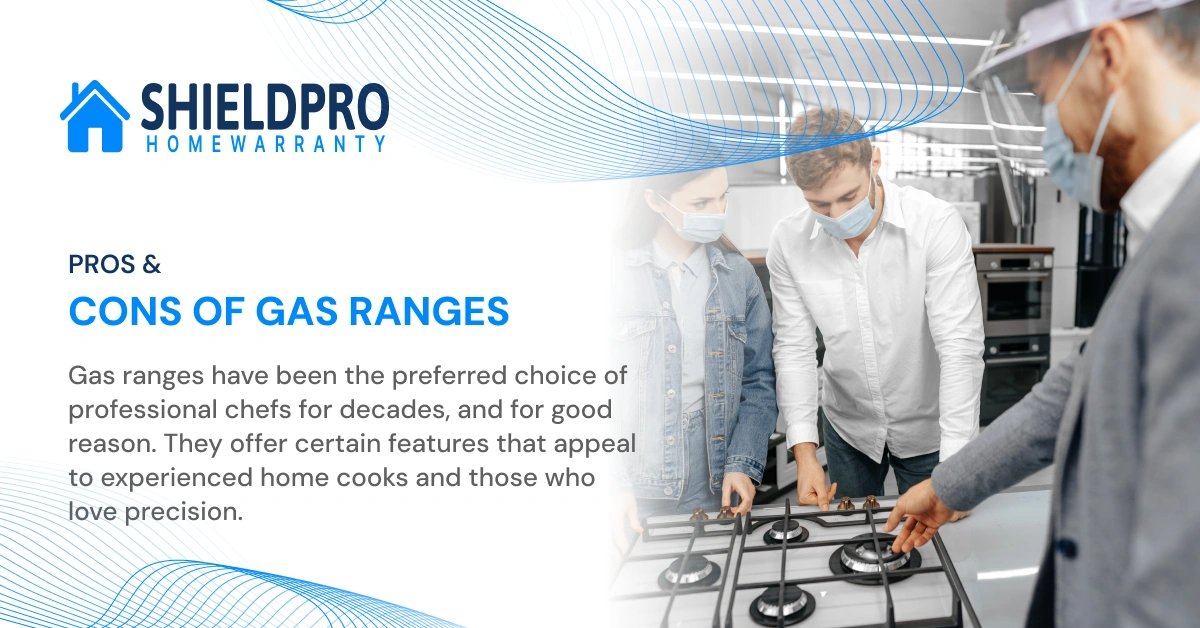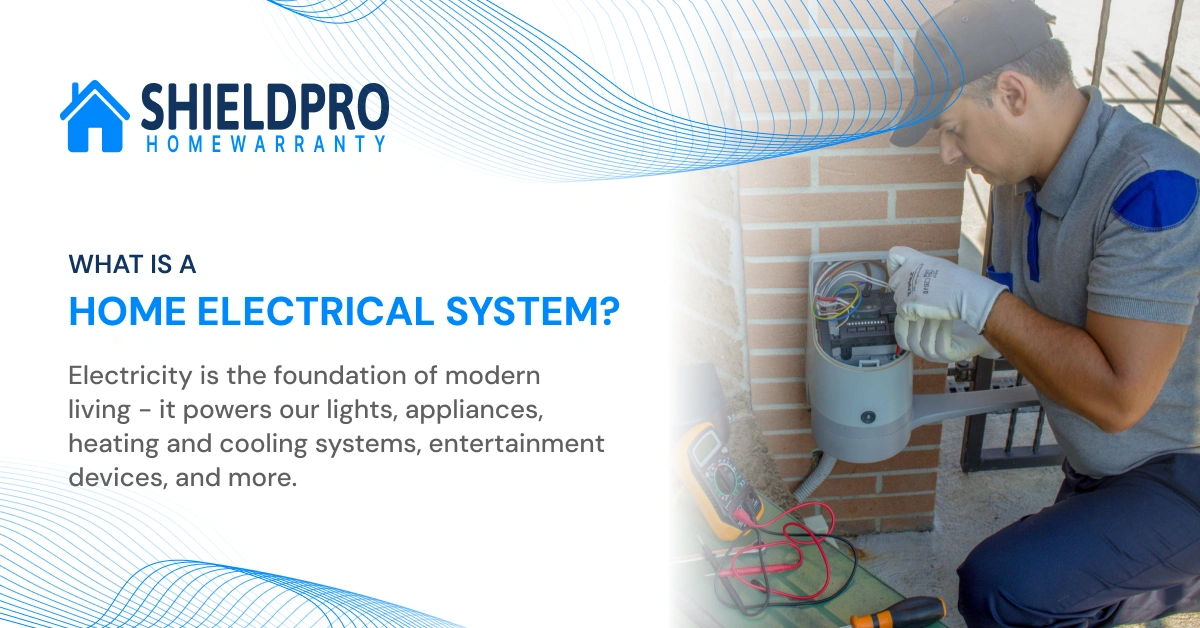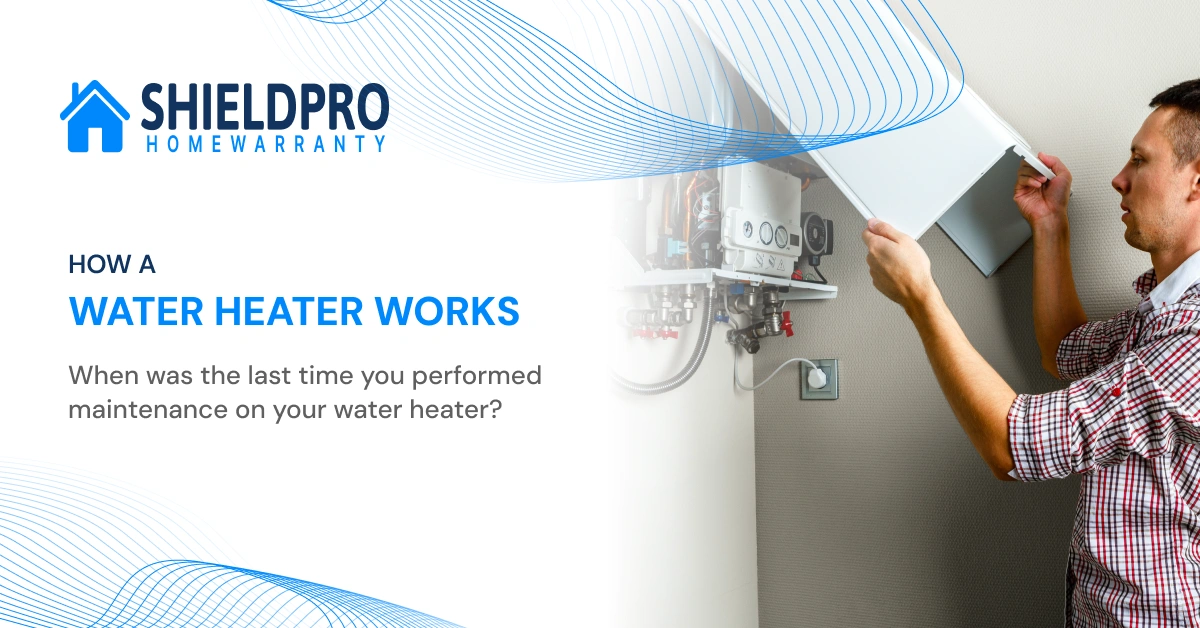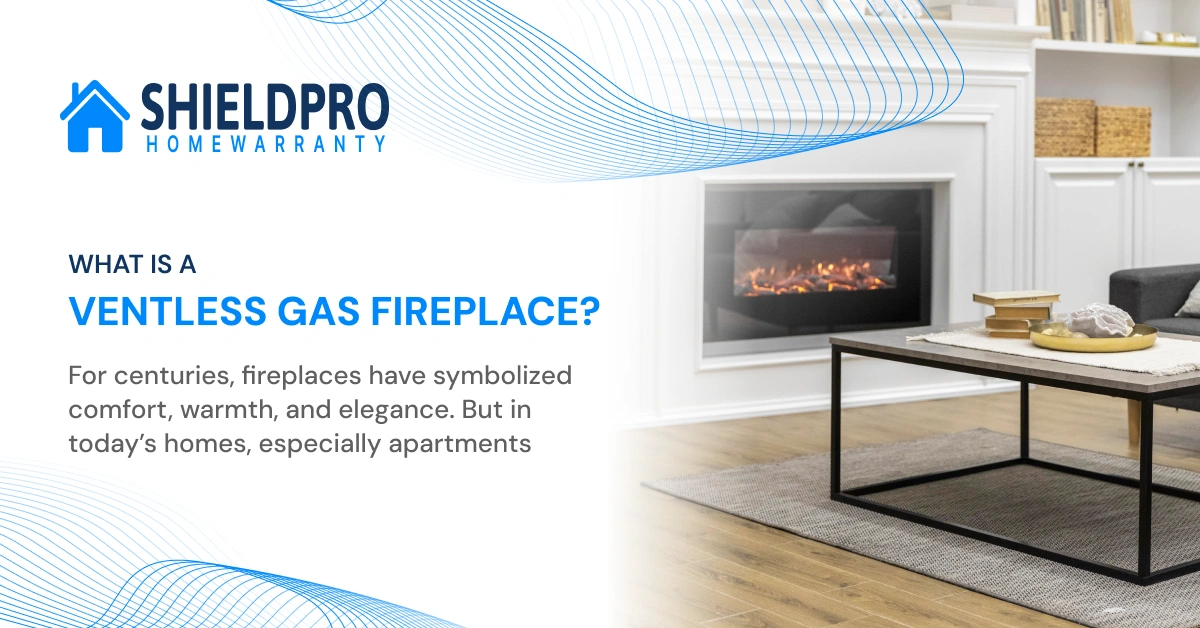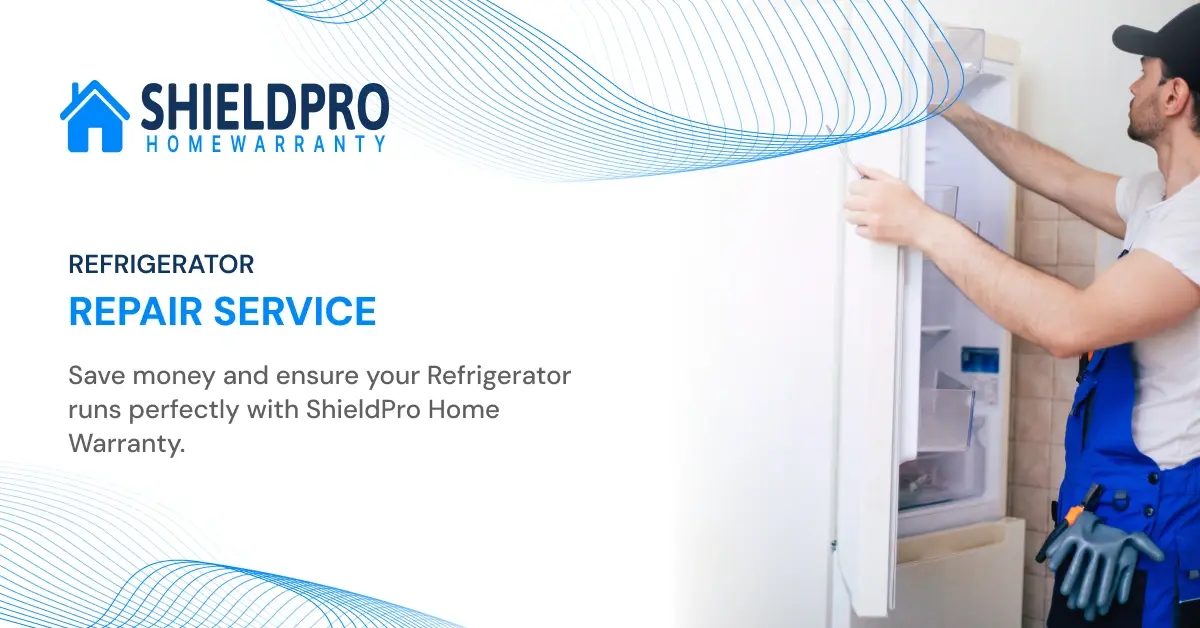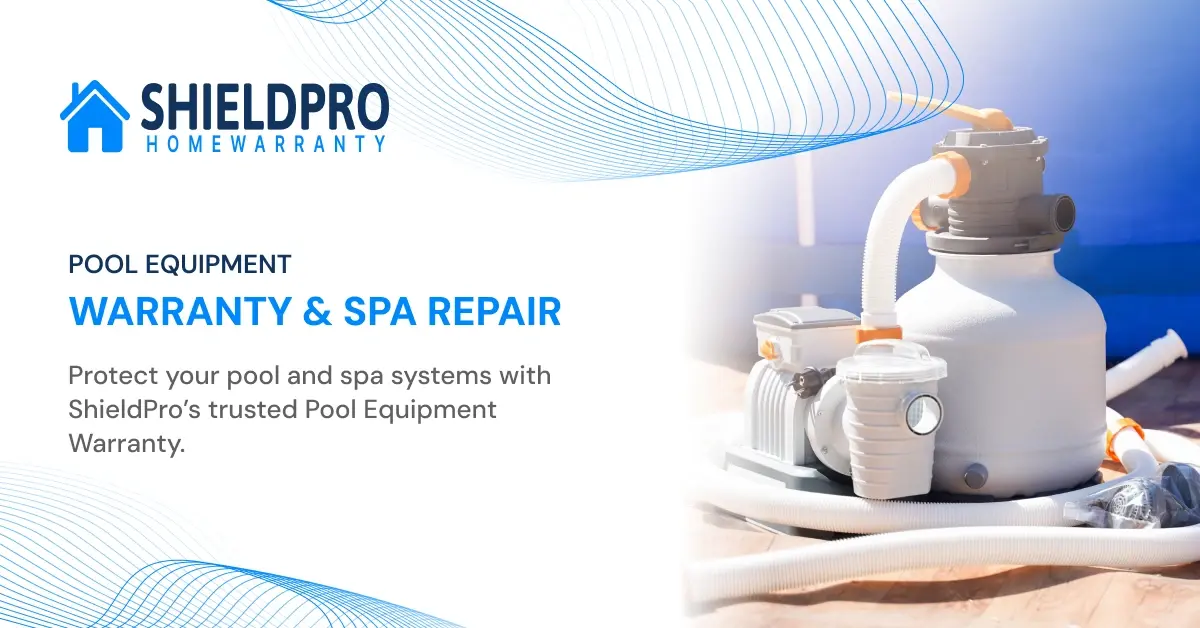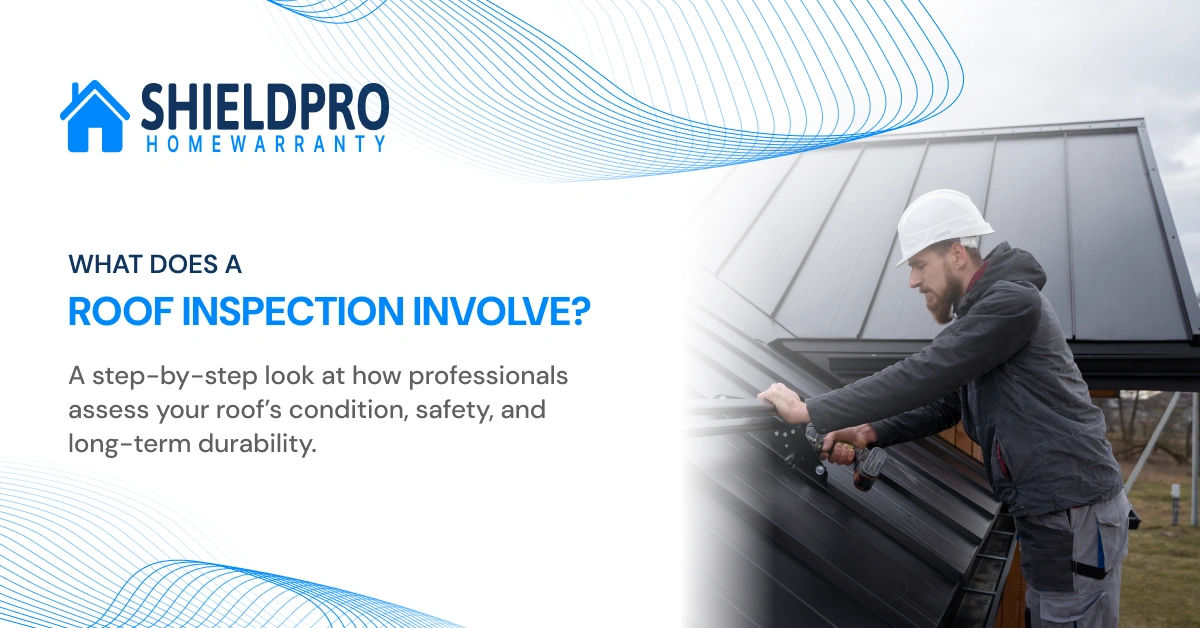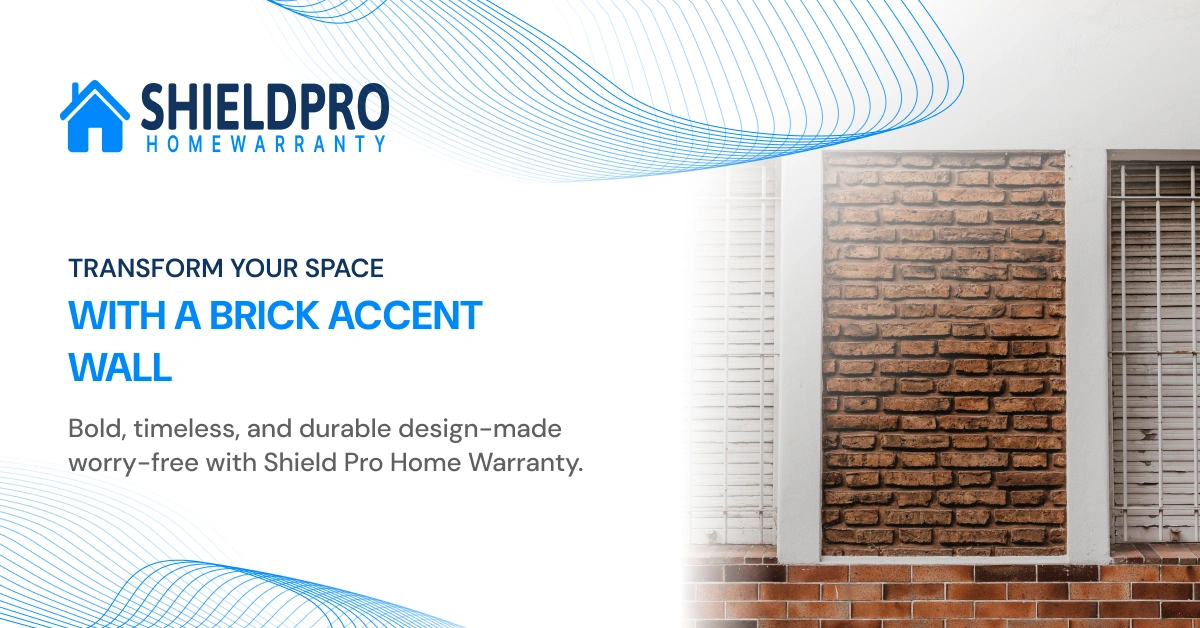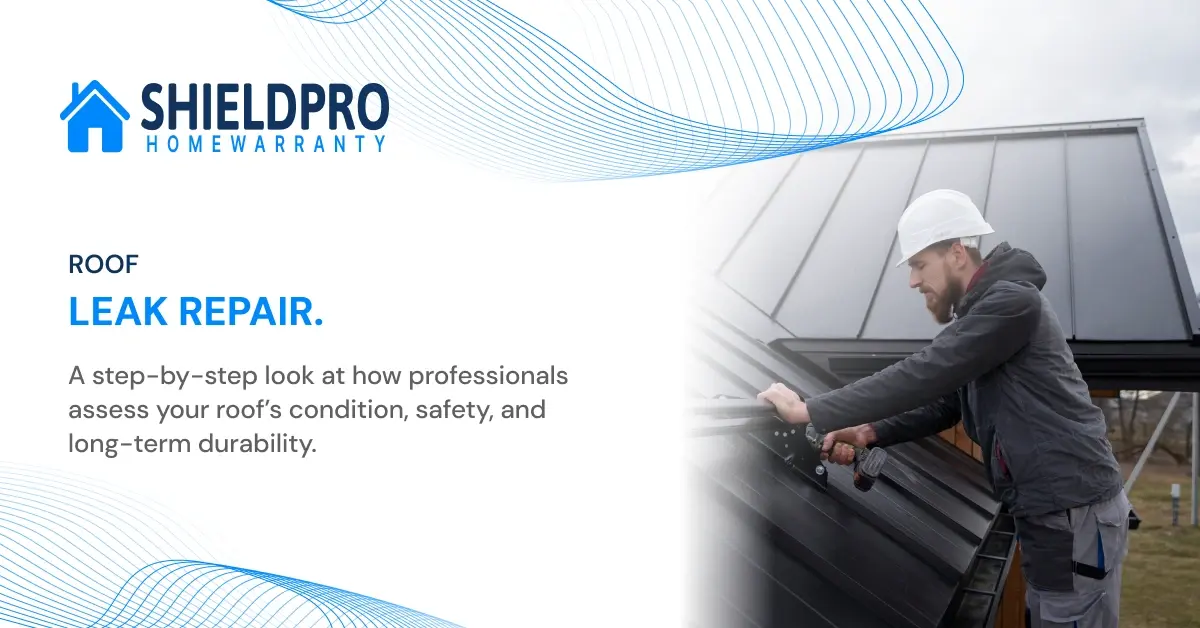
Introduction
A roof leak is one of the most common yet serious problems homeowners face. What may begin as a small water stain on the ceiling can quickly turn into extensive damage to insulation, drywall, electrical systems, and even the structural integrity of your home. Left untreated, roof leaks not only compromise safety but can also reduce property value and lead to costly repairs.
Roof leak repair is not simply about patching a hole; it is a process that involves identifying the true source of the leak, addressing underlying roofing issues, and implementing long-term protective measures. In this comprehensive guide, you will learn what causes roof leaks, how to detect them, what to do in an emergency, the typical costs involved, and how professionals ensure durable, lasting solutions.
This article is designed to serve as a complete resource for homeowners, property managers, and anyone looking to protect their home or building from water intrusion.
What Is Roof Leak Repair and Why Is It Important?
Roof leak repair refers to the process of identifying, diagnosing, and resolving any weaknesses or damages in a roofing system that allow water to penetrate inside. Unlike general roof maintenance, leak repair focuses specifically on preventing water damage.
The importance of roof leak repair cannot be overstated:
- Protects Structural Integrity: Water weakens wood, drywall, and foundations.
- Prevents Mold Growth: Moisture inside walls and ceilings creates conditions for mold and mildew.
- Maintains Indoor Comfort: A watertight roof ensures a dry, safe, and comfortable living space.
- Preserves Property Value: A leaking roof can significantly reduce resale value and discourage potential buyers.
- Saves Money: Addressing leaks early is far less expensive than repairing widespread damage.
According to the National Roofing Contractors Association, nearly three-quarters of home water damage originates from roof leaks. Timely repair is not just a maintenance task but an essential safeguard for your investment.
Common Causes of Roof Leaks
Roof leaks rarely happen without reason. Understanding the root causes is the first step toward effective prevention and repair.
1. Damaged or Missing Shingles
Shingles serve as the first line of defense against weather. Over time, high winds, hail, and UV exposure can cause them to crack, curl, or blow away. Even a single missing shingle can allow water to seep beneath the roofing layers.
2. Improper or Failing Flashing
Flashing is thin metal installed around chimneys, skylights, and roof valleys to prevent water from entering. If flashing is poorly installed, rusted, or cracked, it can become a major source of leaks.
3. Clogged or Damaged Gutters
When gutters are clogged with leaves, debris, or ice, water backs up and pools on the roof. Over time, this water can penetrate shingles and cause leaks.
4. Roof Age and Material Deterioration
Asphalt shingles typically last 15–30 years, while tile and metal roofs last longer. As roofing materials age, they lose their protective properties, making leaks more likely.
5. Roof Vent Problems
Vents help regulate moisture and air circulation. Cracked vent boots or gaps around vent pipes often become unnoticed sources of water entry.
6. Poor Roof Design or Workmanship
DIY repairs or poorly designed roofs can cause improper drainage, leading to standing water and eventual leaks. Professional installation is critical to avoid recurring issues.
Warning Signs of a Roof Leak
Roof leaks are not always obvious. Some signs develop gradually and may go unnoticed until significant damage has occurred. Look out for:
- Ceiling or Wall Stains: Brown or yellow discoloration indicates water penetration.
- Peeling or Bubbling Paint: Moisture beneath paint surfaces.
- Musty Odors: A sign of mold or mildew growth inside walls or ceilings.
- Dripping Water: Especially during heavy rain or storms.
- Damp Attic Insulation: Wet insulation reduces energy efficiency and signals a roof problem.
Early detection is essential. The sooner you identify a roof leak, the more manageable and affordable the repair will be.
How Professionals Detect Roof Leaks
Finding the true source of a leak can be more challenging than it appears. Water often travels along rafters or insulation before becoming visible inside the home. Professional roofers use a variety of advanced techniques to pinpoint the origin:
Thermal Imaging
Special cameras detect temperature differences, highlighting areas where moisture has entered roofing materials.
Moisture Meters
These tools measure moisture levels in shingles, decking, and insulation to identify hidden leaks.
Drone Inspections
Drones provide a safe way to inspect hard-to-reach areas and capture high-resolution images of roof conditions.
Attic and Interior Checks
Professionals inspect attics for signs of rot, mold, or water trails that lead back to the source of the leak.
By combining these methods, contractors can ensure the repair addresses both the visible leak and any hidden vulnerabilities.
Emergency Roof Leak Repair: What to Do Immediately
Roof leaks can escalate quickly, especially during storms. If you encounter a sudden leak, immediate action can minimize damage before professional help arrives.
Steps to Take During an Emergency:
- Contain the Leak: Place buckets or containers under drips to protect floors.
- Protect Belongings: Move furniture, electronics, and valuables away from the affected area.
- Relieve Water Pressure: If you see bulging in the ceiling, carefully puncture a small hole to release trapped water, preventing collapse.
- Apply Temporary Covers: Use plastic sheeting, tarps, or roofing cement to provide a short-term barrier.
- Call for Professional Help: Emergency roof repair services are available 24/7 and can provide both temporary and permanent solutions.
Acting quickly during emergencies can be the difference between a manageable repair and extensive damage requiring thousands of dollars in restoration.
Roof Leak Repair Costs
The cost of repairing a roof leak varies widely depending on several factors.
Factors That Influence Cost
- Size of the Leak: Small leaks cost less to fix than widespread water damage.
- Type of Roof Material: Asphalt is less expensive to repair than tile, slate, or metal.
- Extent of Damage: Structural damage, mold removal, or insulation replacement increase costs.
- Labor Rates: Costs vary depending on location and contractor expertise.
- Emergency Services: Urgent repairs outside normal hours may cost more.
Long-Term Roof Leak Prevention
Prevention is the best way to avoid the stress and expense of roof leak repair.
Maintenance Tips for Homeowners
- Schedule professional roof inspections annually, particularly after major storms.
- Keep gutters and downspouts clear to ensure proper water flow.
- Trim overhanging trees to prevent debris buildup and shingle damage.
- Replace damaged or missing shingles promptly.
- Monitor flashing and vent seals for cracks or rust.
Professional Preventive Services
- Roof Coatings and Sealants: Add waterproof protection.
- Proactive Leak Detection: Catch issues before they escalate.
- Maintenance Programs: Contractors offer regular inspections and minor repairs to extend roof life.
Investing in preventive measures reduces the likelihood of sudden leaks and extends the life of your roofing system.
Roof Leak Repair and Warranty Coverage
Many homeowners wonder whether roof leaks are covered under warranties. The answer depends on the type of warranty and the cause of the leak.
- Manufacturer’s Warranty: Covers defects in roofing materials but not damage from storms or improper installation.
- Home Warranty Plans: May cover limited repairs due to normal wear, but coverage is often restricted.
- Extended Service Plans: Some contractors provide additional guarantees for workmanship and repairs.
Always read warranty terms carefully to understand coverage and limitations.
Professional vs. DIY Roof Leak Repair
While do-it-yourself roof repairs may seem cost-effective, they often result in temporary fixes that fail to address the root cause.
DIY Limitations
- Unsafe without proper equipment.
- May overlook hidden water damage.
- Often provide only short-term solutions.
Professional Advantages
- Access to advanced tools and methods.
- Comprehensive inspection and repair.
- Workmanship warranties for peace of mind.
- Compliance with building codes and insurance requirements.
Hiring professionals ensures repairs are done safely, effectively, and with long-term durability.
Why Choose Our Roof Leak Repair Services
- Expertise Backed by Experience: Years of proven success in diagnosing and repairing roof leaks.
- Certified Professionals: Skilled technicians trained in modern repair methods.
- Comprehensive Solutions: From minor leaks to full-scale repairs, we handle it all.
- Rapid Response: Emergency services available day or night.
- Transparent Pricing: Free inspections and clear estimates with no hidden costs.
When you choose us, you are investing not only in a repair but in lasting protection for your home.
Strengthen Your Protection with Shield Pro Home Warranty
Repairing a roof leak might solve today’s issue, but what about the next unexpected home failure? That’s where Shield Pro Home Warranty comes in. This home warranty service covers critical systems and appliances in your home—helping you avoid surprise repair costs down the road.
When you choose us for your roof leak repair, you get:
- Expert leak diagnosis and repair, plus
- The opportunity to safeguard your home with a comprehensive Shield Pro Home Warranty plan
Conclusion
Roof leaks are more than an inconvenience—they pose a serious risk to your home’s safety, comfort, and value. By understanding the causes, recognizing warning signs, and acting quickly with professional help, homeowners can prevent costly damage and ensure peace of mind.
The key takeaway is simple: do not wait until a minor leak turns into a major problem. Professional roof leak repair is an investment in the long-term durability of your property. With expert detection, durable repairs, and preventive strategies, you can safeguard your home for years to come.
FAQs About Roof Leak Repair
1. What are the warning signs of a roof leak?
Common signs include water stains on ceilings, peeling paint, musty odors, damp attic insulation, and visible drips during rain. Early detection prevents costly structural damage.
2. How much does roof leak repair usually cost?
Costs vary depending on the size of the leak, roofing material, and extent of damage. Minor leaks may cost a few hundred dollars, while major repairs can run into thousands. A professional inspection provides an accurate estimate.
3. Can roof leaks be fixed in an emergency?
Yes. Professional contractors offer 24/7 emergency roof leak repair. Temporary measures like tarping are applied during storms, followed by permanent solutions once conditions allow.
4. What causes most roof leaks?
The leading causes are damaged shingles, cracked flashing, clogged gutters, aging roofing materials, and poor installation. Regular maintenance and inspections help prevent these issues.
5. Are roof leaks covered by warranty or insurance?
It depends. Manufacturer warranties often cover material defects, while homeowners’ insurance may cover storm-related damage. For added protection, a home warranty plan like Shield Pro Home Warranty can help cover repair costs for unexpected leaks.





